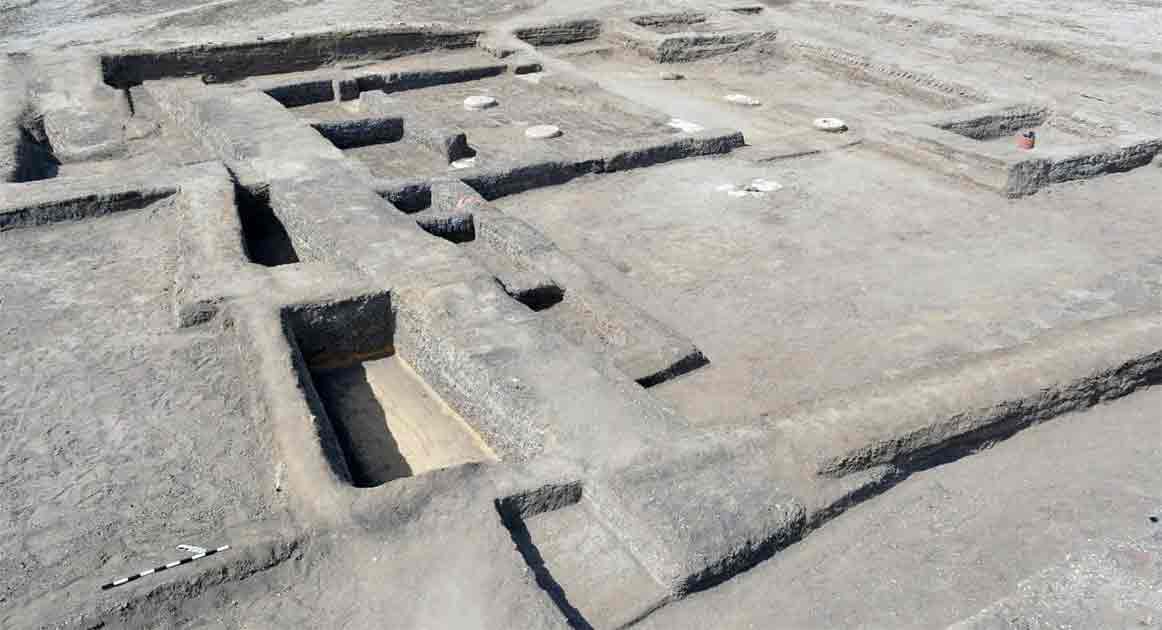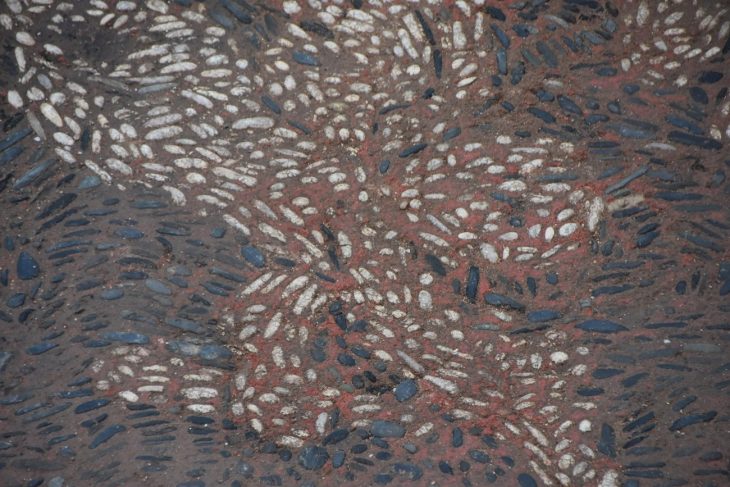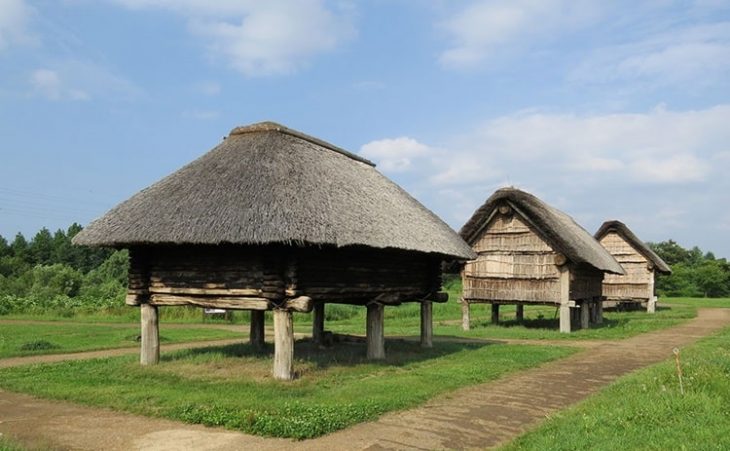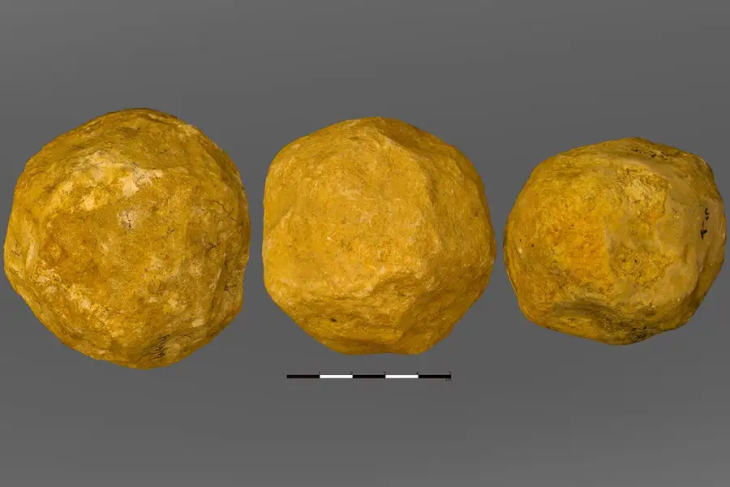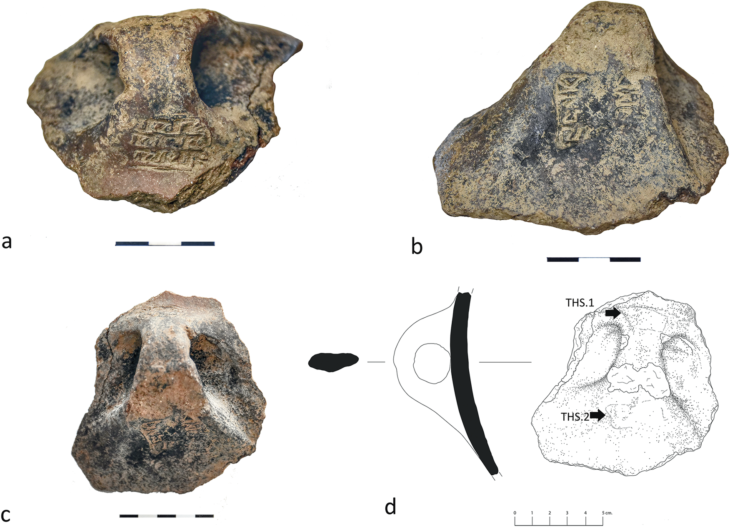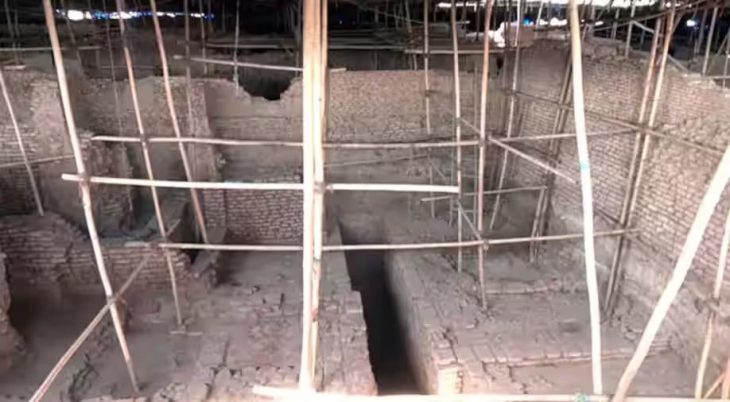An Egyptian mission uncovered the ruins of a 3,500-year-old “royal fortified rest area” at the Tel Habwa archaeological site in the Northern Sinai Archaeological Area.
Constructed of mud brick, it is thought to be one of the royal palaces situated near the Eastern Gate of Egypt, likely built to accommodate ancient Egyptian forces, and perhaps even royalty, during the reign of Thutmose III (1479 to 1425 BC).
The pharaoh, also known as Thutmose the Great, is believed to have ruled from 1479 B.C. until his death at the age of 56 in 1425 B.C. He is regarded as one of history’s greatest military commanders, having helped Egypt’s empire grow to its full potential through a series of successful campaigns.
The kings of ancient Egypt regularly launched military expeditions into the eastern Mediterranean during this time. The Sinai desert was one of the regular routes Egyptian troops took to reach this area. With a royal palace to house the king, the site was obviously strategically important for housing and resupplying troops as they traveled through the Sinai on their way to military campaigns.
“It is likely that this building had been used as a royal respite due to the architectural planning of the building and the scarcity of pottery fractures [broken pottery] inside,” the Egyptian Ministry of Tourism and Antiquities said in a translated statement shared on their Facebook page. The Egyptian Archaeological Mission, operating at the Tel Habwa (Tharo) Archaeological Site, made this discovery during excavations as part of the Sinai Development Project.

The architectural design of the old building in Sinai and the rarity of the pottery shards discovered inside suggest that it served as a royal resting place, the Egyptian Ministry of Tourism and Antiquities said. According to researchers, the pharaoh may have used the facility during his military campaigns to expand the Egyptian empire to the east.
The building’s layout comprises two consecutive rectangular halls, along with several adjoining rooms. The main entrance, located on the north side, leads to the first hall, flanked by three limestone columns.
The first hall is connected to another, smaller hall through doors on both the east and west sides. This smaller hall has two limestone columns in the middle, and the entrances are marked with stone thresholds. The second hall connects the two rooms that face east and west and is reached through entrances that are across from one another.
The dating of the building was determined by stratigraphic layer analysis, pottery fragments discovered nearby, and the discovery of two inscribed cranes bearing the name Thutmose III, according to Professor Ramadan Helmy, Director of the North Sinai Archaeology Region and Head of the Mission.
Archaeological work at the site also uncovered a number of burials, indicating that it was used as a cemetery during later periods in ancient Egyptian history.
Egyptian Ministry of Tourism and Antiquities
Cover Photo: Egyptian Ministry of Tourism and Antiquities

